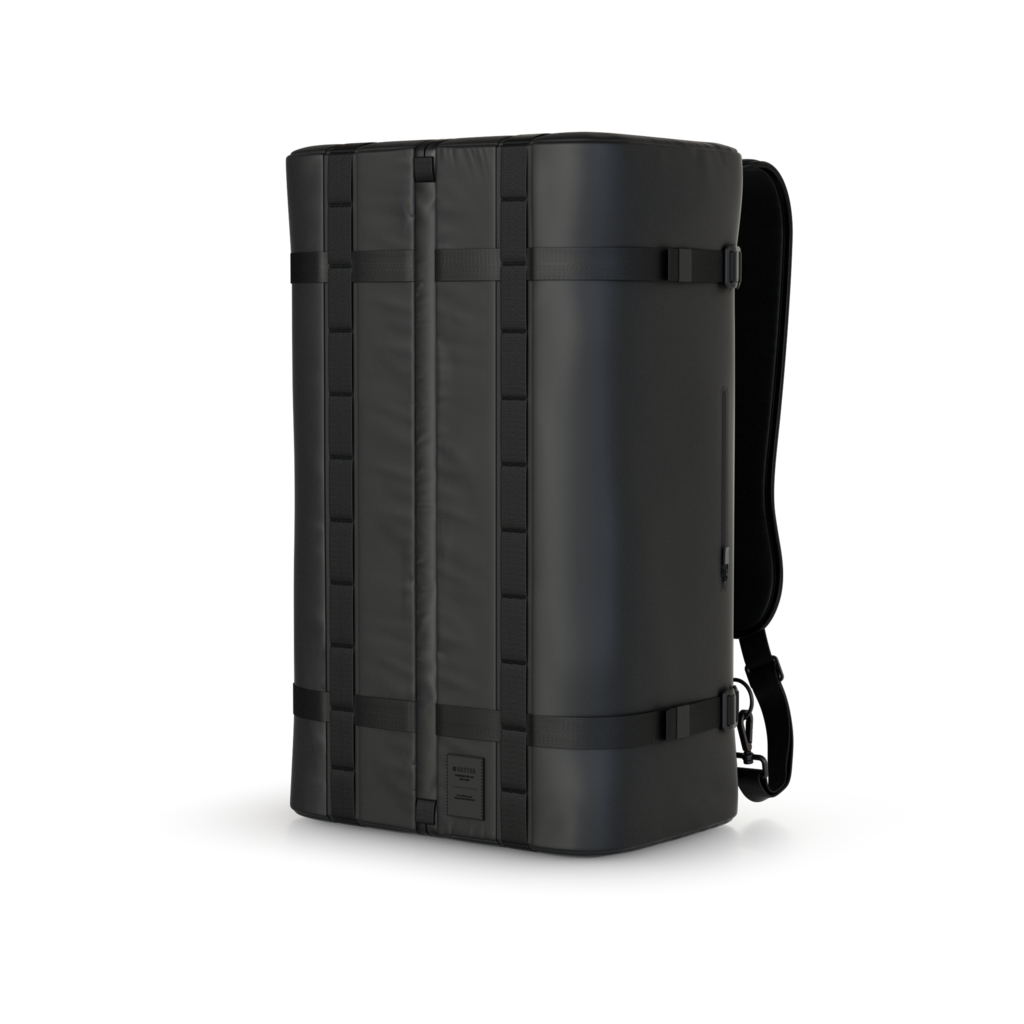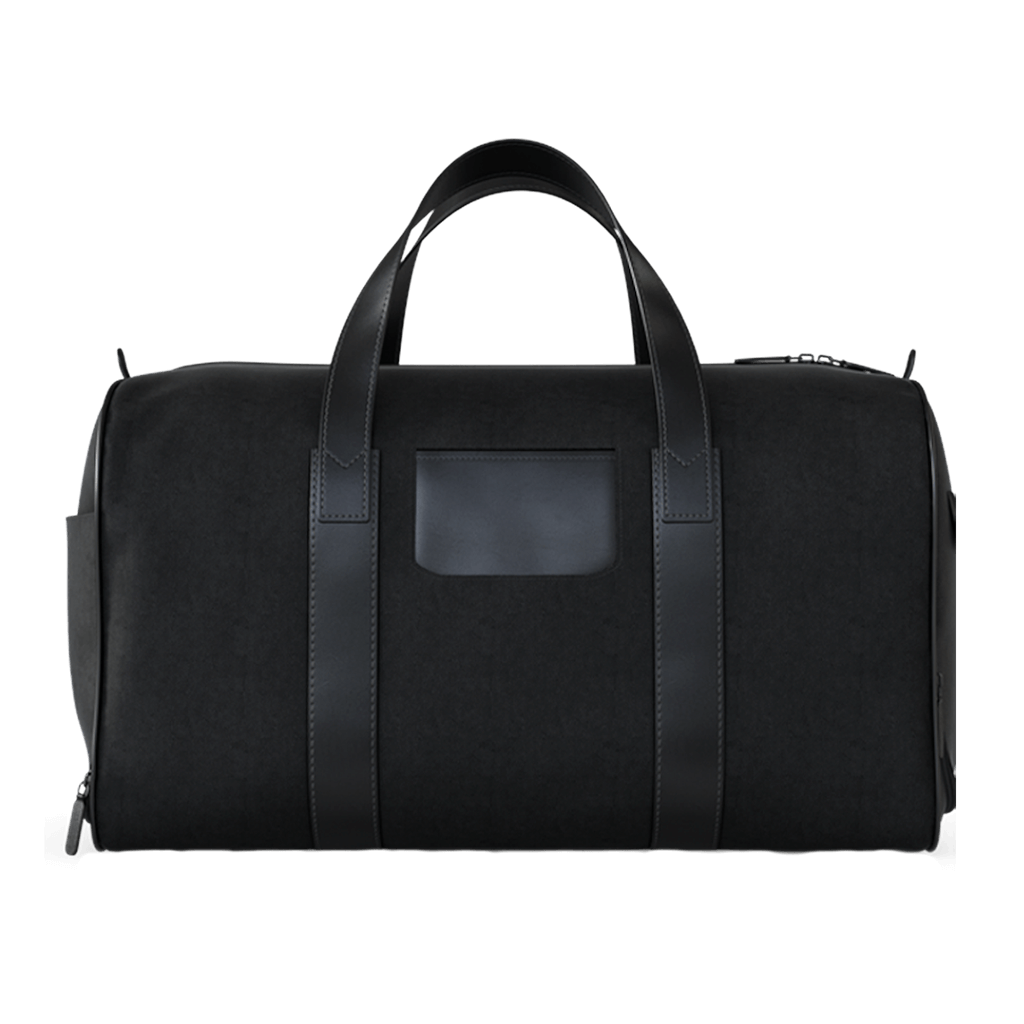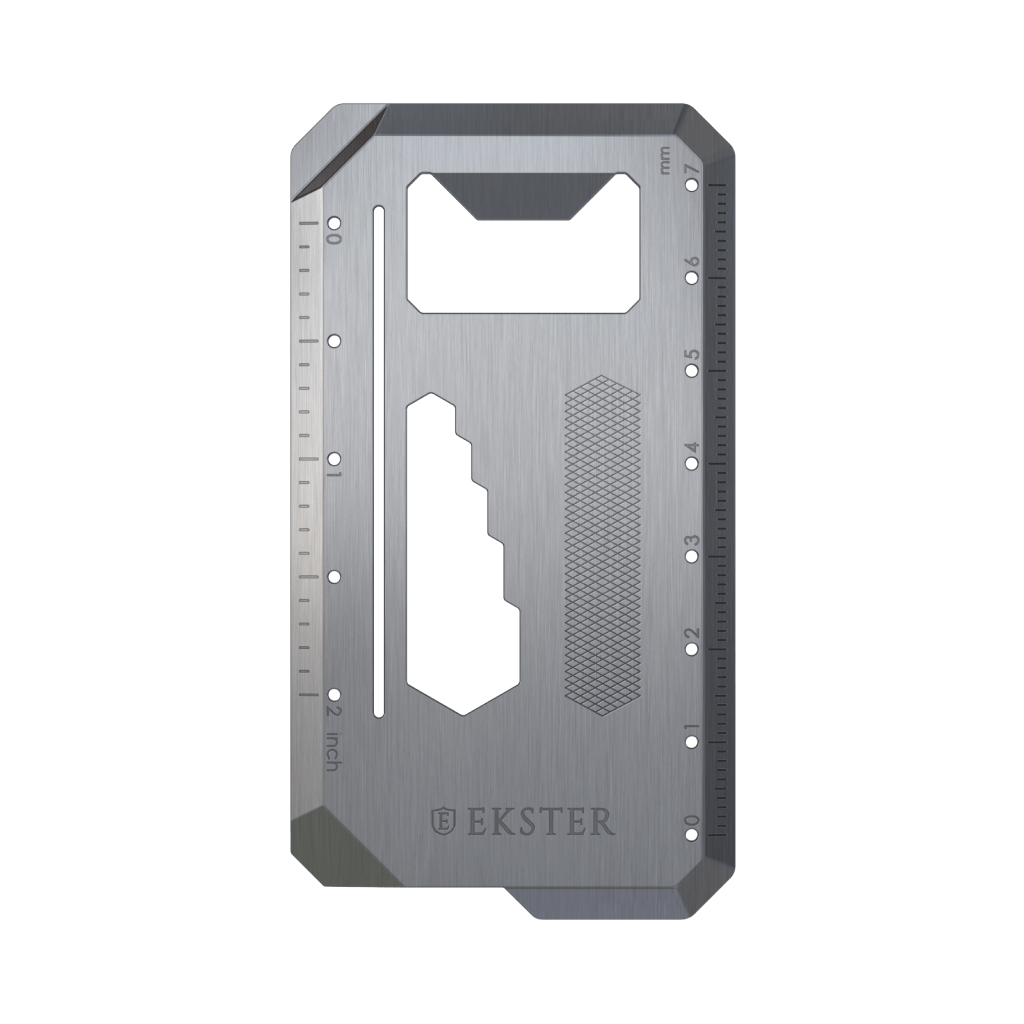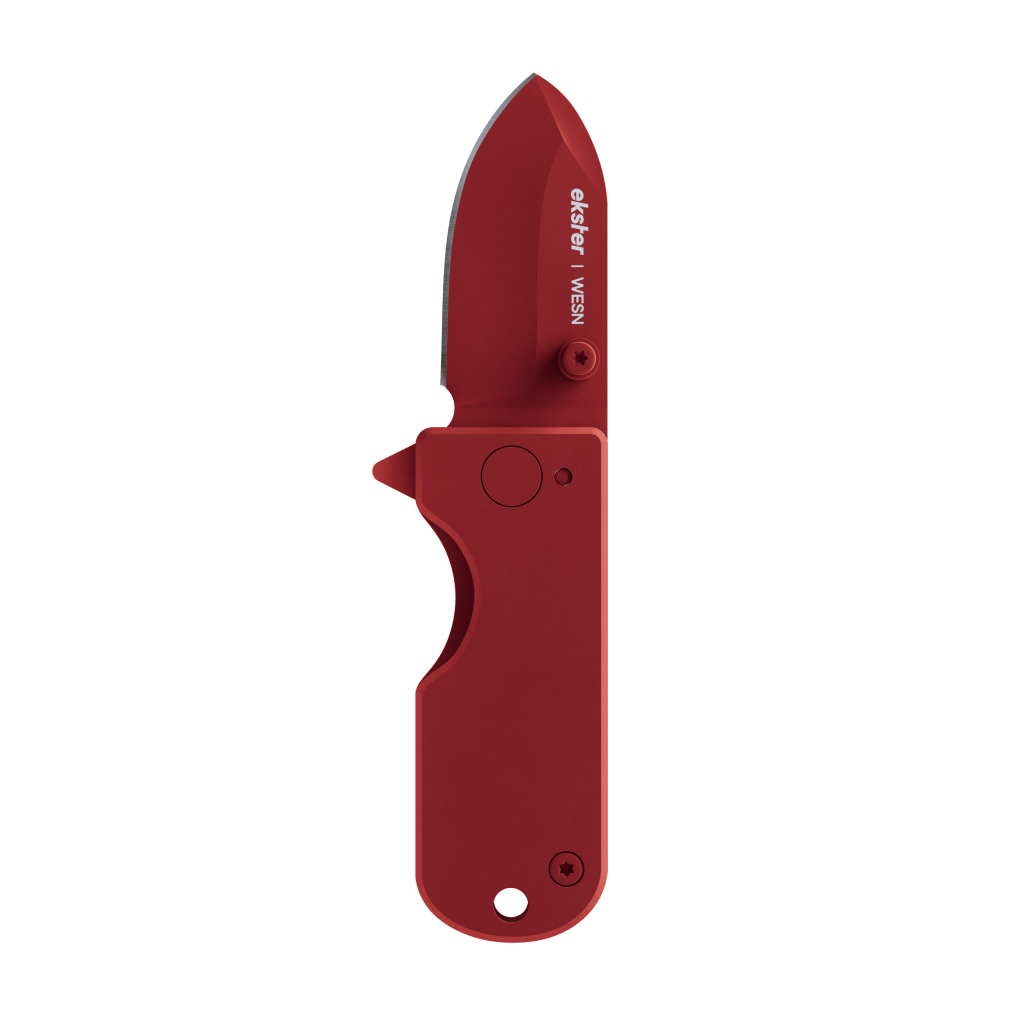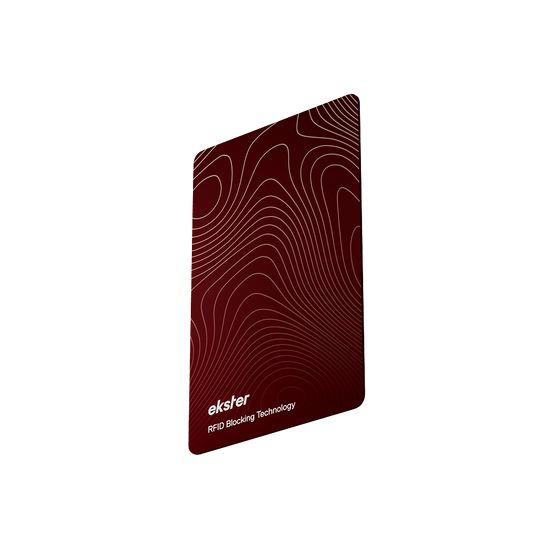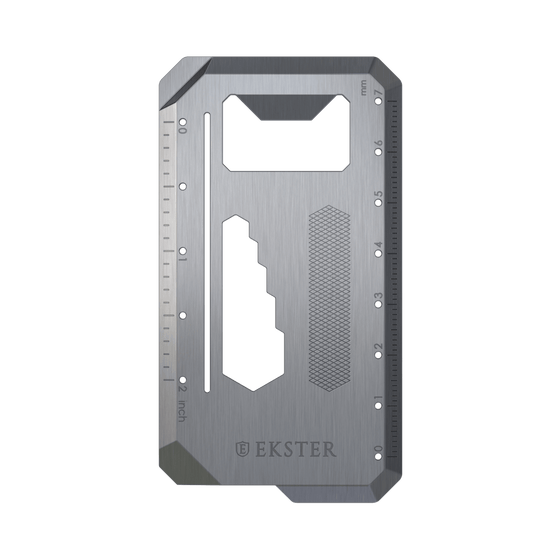How Can I Track My Lost Wallet?
Losing your wallet can be a huge hassle and end up costing you in time and hard earned dollars. In the US alone, around 62% of people say they have lost their wallet or had it stolen once in their life, and for many people it will happen more than once.
But new technology offers the most promising fix to the lost wallet problem: wallet trackers.
These simple devices are usually small and inconspicuous, fitting perfectly into your wallet, and allow you to track your wallet's location anywhere from a smartphone.

How do wallet trackers work?
Wallet trackers like Apple's AirTag or Ekster’s Finder Card, use something called a global lost-and-found network for long-distance tracking.
This network uses other trackers and smartphones as anonymous nodes that provide coverage for your wallet all over the globe.
The specific specs vary depending on the exact tracker model you’re using. For example, Ekster’s Finder Card for Android taps into the Android/Google Find Hub to make tracking easy from your phone.
It lasts up to six months with every full charge from the included magnetic charging cable, and features voice activation, global map location, and a loud proximity ringer.

Wallet Trackers for Smartphones
Most wallet trackers will pair with your smartphone to provide a map where you can find its location.
The Finder Card for Apple users uses Apple's Find My software to provide a seamless interface, while the Finder Card for Android users makes use of the Google Find My Device network (similar to Google Maps) where you can find and locate your phone with amazing precision.
But Ekster took it one step further. We also decided to equip the tracker with a ringing function. You can even use voice activation to activate the ringer or simply press the ring button in the app.
This way, if your wallet is hidden under a couch cushion or at the back of a dark closet, you can locate it by sound once you’ve found its location using the map.
And unlike other technologies, all this is super easy to set up. Once you have the Finder Card, just press the button to wake it up and add a new device on your Find My or Google Hub app.
P.S. If you already have an AirTag, Ekster has a range of options from wallets for AirTag to a cardholder add-on that snaps your AirTag in place without making your wallet too bulky.

Choosing the Right Wallet Tracker
There are more and more models of wallet trackers emerging on the market, from Ekster’s tracker cards to Apple’s AirTag, but there are a few main pros and cons that will help you decide which is right for you.
Apple’s AirTag and Ekster’s Finder Card both use the same network technology, so in terms of coverage, reliability, and precision, they are matched equally. The main difference between the two is the shape and size of the actual tracker.
The AirTag is a small circle that can be attached to specific compatible Apple Products or simply placed inside something like a bag or wallet. While it’s smaller than the Tracker Card, it’s instantly recognizable as a tracker, so a potential thief can easily find it and ditch it.
Ekster’s Finder Card is thin, black, and shaped like a credit card, fitting easily into any wallet or bag. The inconspicuous design camouflages the tracker as just another card in the wallet so it’s not immediately recognizable. Unlike AirTag, it doesn’t take up any additional space.

If you’re someone who loses their wallet or just wants to avoid the inevitable, a wallet tracker might be just the thing you need. It’s nice having the peace of mind that if or when you misplace your wallet, you can skip the stress of retracing your steps and go immediately to getting your wallet back.
Ekster’s Finder Card also sends you a notification if you leave your wallet behind, so you can stop the drama before it even starts.
FAQS
-
What are the steps to take if you've lost your wallet?
If you've lost your wallet, the first step is to retrace your steps and check all the places you've recently been. Contact the places you visited and ask if anyone has turned it in. Cancel all your credit/debit cards and get new ones issued. Report the loss to the police and file a report for theft. Monitor your bank statements for any suspicious activity. Consider freezing your credit to prevent identity theft. Lastly, replace your driver's license, social security card, and any other important documents that were in your wallet.
-
How can I locate a lost wallet quickly and efficiently?
To locate a lost wallet quickly and efficiently, you should first retrace your steps and check all the places you have been recently. Look around your home, car, and workplace. Contact establishments you visited to inquire if they have found it. Check lost and found databases or social media platforms for any notifications. Cancel and replace any important cards or documents in the wallet. Consider using tracking devices or apps to help locate it. Stay calm and organized in your search efforts.
-
What are the most effective methods to find a lost wallet?
The most effective methods to find a lost wallet include retracing your steps to places you have visited recently, checking all pockets and bags thoroughly, asking employees at locations you have been to if they have found it, checking with lost and found departments, notifying your bank and canceling any credit cards, posting on social media, and filing a police report. It is also important to remain calm and think logically to increase the chances of locating your lost wallet.
-
How can I effectively search for and locate lost keys in my home?
To effectively search for and locate lost keys in your home, start by retracing your steps and thinking about the last time you remember having them. Check common places like pockets, bags, and countertops. Look in unusual places like between couch cushions, under furniture, or in coat pockets. Use a flashlight to check dark areas. Ask others in your household if they have seen the keys. Consider using a metal detector or a smartphone app that can help locate lost items. Finally, stay calm and patient during your search to avoid overlooking the keys in plain sight.









